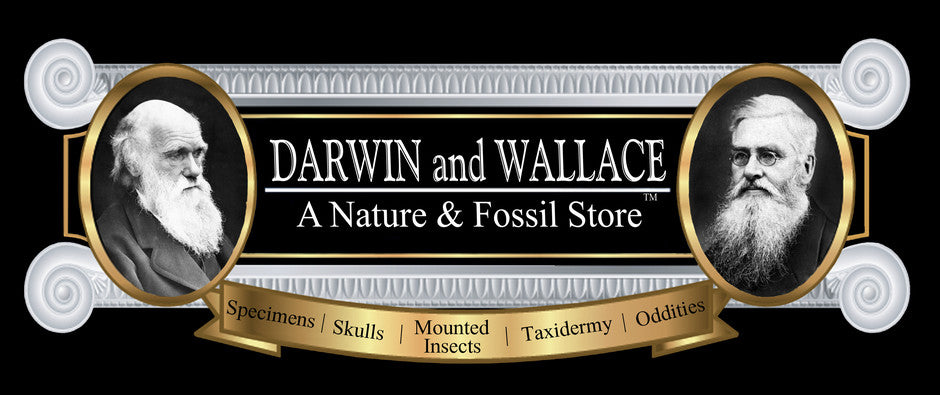Dietary Comparison Economy Skull Set Cast Replicas - #COMP-141
$518.00
What's for dinner? Meat? Insects? Plants? All of the above?
An animal skull's form (morphology) and dentition (form and number of teeth) gives clues as to how and what it eats. Dentition and eye placement are tools that have evolved for specific functions. Some teeth are shaped perfectly for stabbing, cutting or slicing, while others work well to grind. Eye socket placement and orientation gives further clues. Eyes positioned and oriented forward, for binocular vision, are helpful for targeting prey and calculating distance; eyes positioned and oriented laterally (to the sides) allow for greater peripheral vision and the ability to see threats from wide angles. Each of these adaptations helps its owner acquire nutrition, avoid threats and survive to reproduce.
- Carnivore (cougar) – eats primarily animal meat or flesh; from Latin caro, meaning 'meat' or 'flesh'
- Insectivore (elephant shrew) – a carnivore that specifically eats insects; from Latin insectum meaning 'insect'
- Herbivore (white-tailed deer) – eats plant material; from Latin herba meaning 'herb'
- Omnivore (raccoon) – eats a large variety of food sources (plant, animal meat, insects, etc.); from Latin omnes meaning 'all'
The name of each group ends in the suffix 'vore' – from the Latin word meaning 'to eat', or 'to devour'. The prefixes identify what the animal specializes in eating.
Instructors will be able to discuss the skull and teeth features of each animal and how they serve their dietary needs. Topics examining the niches of a balanced ecosystem can also be explored. Additionally, each animal can be compared to their prospective habitats, bringing into focus discussions of animal adaptation, animal behavior and environmental concepts.
In visual arts curriculum, this set can be used for students to analyze form and its depiction in drawing and sculpting, as material for still life compositions, and as comparative anatomical reference for student's own depictions of animals. These skulls can be used enrich student's knowledge as to how underlying form pertains to living animals, to compare historic and cultural uses of bone material for artistic purposes, and to teach about careers as scientific illustrators, film or fine artists.
This set can be useful in satisfying some of the national and state requirements of the Next Generation Science Standards (NGSS), The National Visual Arts Standards, and State Standards for Arts Education.
Please allow up to 2 weeks for processing time with cast replicas as most of these items are made to order. Thank you for your understanding. No shipping outside of the USA.
Related Items
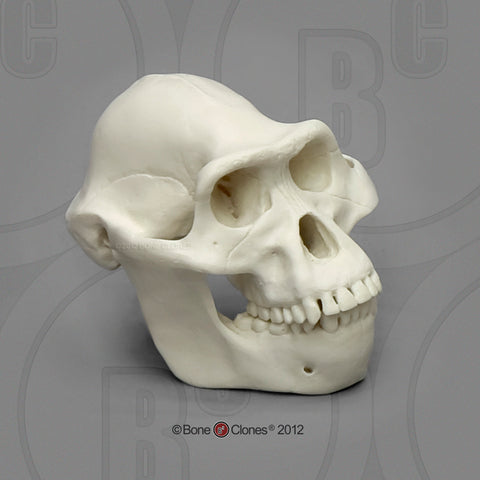
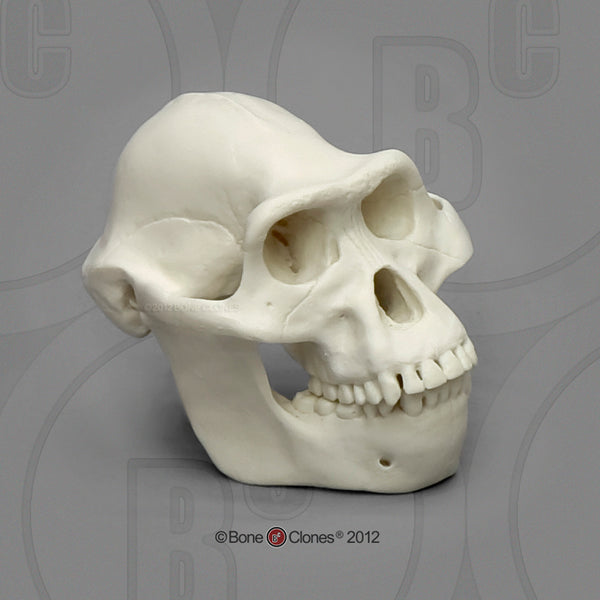
1/2 scale Australopithecus afarensis Model Skull #KAM-02
$94.00
Size: 3&½"L x 2&¾"W x 3"H -Species: Australopithecus afarensis -Notes: This 1:2 scale Australopithecus afarensis skull is a wonderfully detailed miniature, sculpted by Steve Wagner. This is one skull from a set of 7 (KAM-SET-7). Portable, durable and precise, these skulls are great for quick and easy primate and hominid comparison. Each...
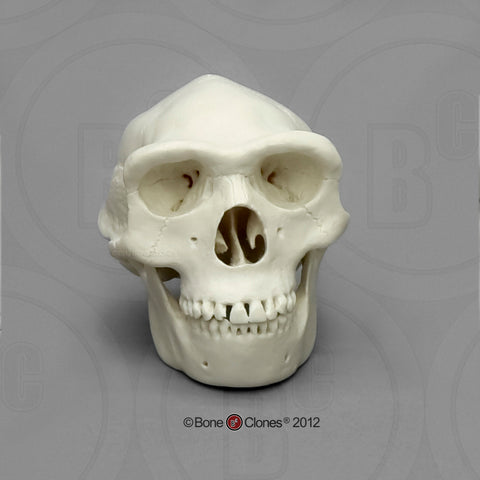
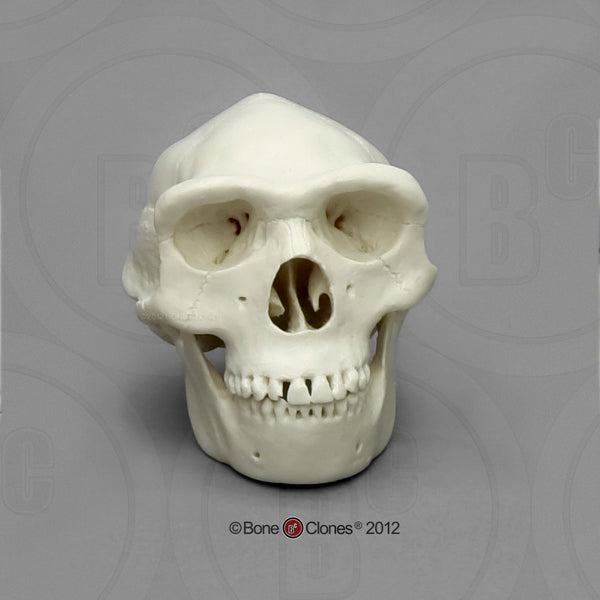
1/2 scale Homo erectus scale Model Skull #KAM-05
$94.00
-Size: 3&¾"L x 2&½"W x 3"H -Species: Homo erectus -Notes: This 1:2 scale Homo erectus skull is a wonderfully detailed miniature, sculpted by Steve Wagner. This is one skull from a set of 7 (KAM-SET-7). Portable, durable and precise, these skulls are great for quick and easy primate and hominid comparison. Each...
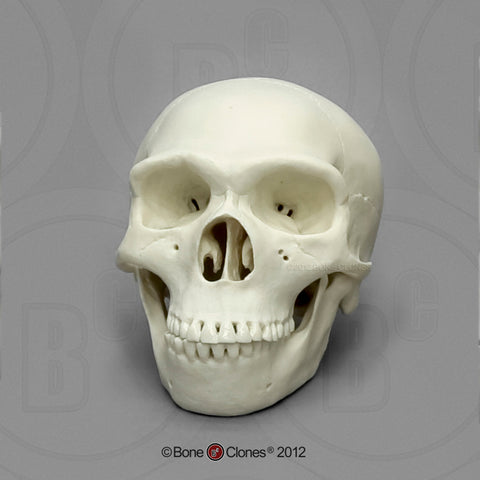
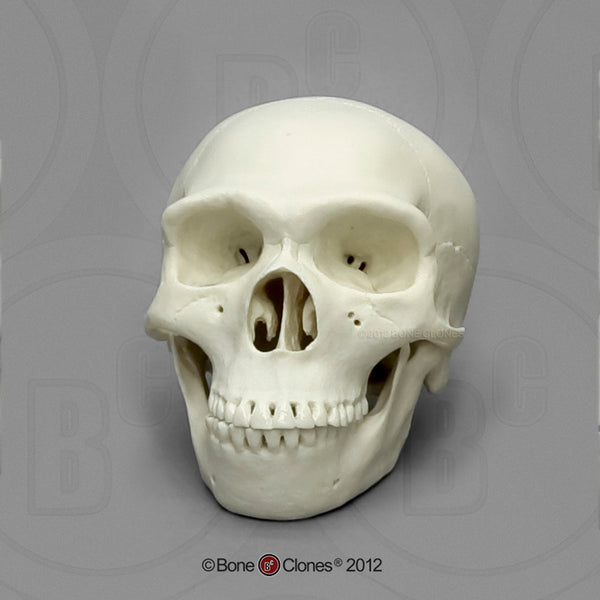
1/2 scale Homo neanderthalensis Model Skull #KAM-06
$94.00
-Size: 4&¼"L x 2&¾"W x 2&¾"H -Species: Homo neanderthalensis -Notes: This 1:2 scale Homo neanderthalensis skull is a wonderfully detailed miniature, sculpted by Steve Wagner. This is one skull from a set of 7 (KAM-SET-7). Portable, durable and precise, these skulls are great for quick and easy primate and hominid comparison. Each...
